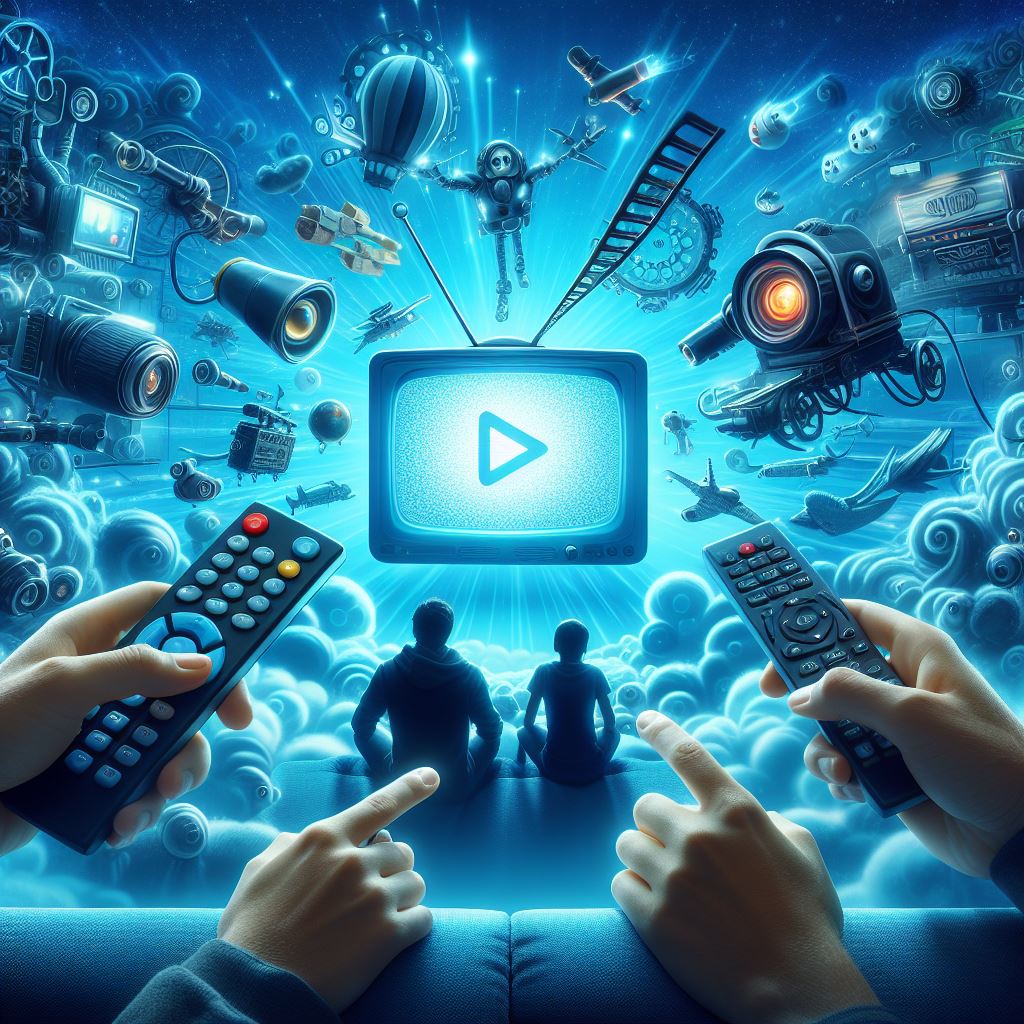
Streaming and the Future of Cinema
The rise of streaming platforms has reshaped the landscape of the entertainment industry, sparking debates about the future of cinema. As audiences increasingly turn to streaming services for their film-watching experiences, traditional movie theaters face unprecedented challenges. This article explores the impact of streaming on the cinematic landscape and examines the potential implications for the future of cinema.
The Evolution of Streaming Platforms
Streaming platforms have emerged as dominant players in the entertainment ecosystem, offering on-demand access to a vast library of movies, TV shows, and original content. Services like Netflix, Amazon Prime Video, Disney+, Hulu, and watch Laff outside the USA have revolutionized the way we consume media, providing viewers with the flexibility to watch content anytime, anywhere, on any device. Moreover, the advent of high-speed internet connectivity and advancements in streaming technology have facilitated the seamless delivery of high-quality video content to a global audience.
The Decline of Traditional Movie Theaters
The growing popularity of streaming has had profound implications for traditional movie theaters. In recent years, box office revenues have stagnated, and theater attendance has declined as audiences opt for the convenience and affordability of streaming services. The COVID-19 pandemic further exacerbated this trend, as widespread lockdowns and social distancing measures forced theaters to close their doors temporarily, leading to significant revenue losses and job cuts.
Challenges Facing Movie Theaters
Traditional movie theaters face several challenges in competing with streaming platforms. One major hurdle is the exclusivity window, which dictates the release of films in theaters before they become available for streaming or home viewing. With the rise of streaming, studios and distributors are reevaluating the traditional theatrical window, opting for simultaneous or accelerated releases on streaming platforms to reach a wider audience and maximize revenue potential. Moreover, the proliferation of home entertainment options, including large-screen TVs, sound systems, and streaming devices, has made the at-home viewing experience more appealing to consumers, further challenging the allure of the cinema-going experience.
The Streaming Experience: Convenience vs. Cinematic Experience
Streaming platforms offer unparalleled convenience and flexibility, allowing viewers to watch movies and TV shows on their own terms. With a vast library of content available at their fingertips, subscribers can explore a diverse range of genres, discover new titles, and binge-watch entire seasons of their favorite shows. Moreover, streaming services invest heavily in original programming, attracting top talent and producing high-quality content that rivals traditional Hollywood productions.
However, the rise of streaming has also sparked debates about the impact on the cinematic experience. While streaming offers convenience and accessibility, it lacks the communal atmosphere and immersive quality of the traditional movie theater. The cinema-going experience encompasses more than just watching a film; it involves the anticipation of the big screen, the thrill of the shared viewing experience, and the immersive sound and visuals that enhance storytelling. Moreover, movie theaters provide a social gathering space where audiences can connect with friends, family, and fellow moviegoers, fostering a sense of community and shared cultural experience.
The Future of Cinema: Adaptation and Innovation
As streaming continues to reshape the entertainment landscape, traditional movie theaters must adapt and innovate to survive. Some theaters are embracing new technologies and enhancing the cinematic experience with amenities like luxury seating, gourmet concessions, and immersive audiovisual technologies. Others are exploring alternative programming options, such as live events, film festivals, and special screenings, to attract diverse audiences and differentiate themselves from streaming platforms.
Moreover, collaborations between studios, distributors, and theaters are becoming increasingly important in navigating the evolving media landscape. Hybrid release strategies, which combine theatrical releases with simultaneous or staggered streaming releases, offer studios and distributors greater flexibility and reach while preserving the cinematic experience for audiences. Additionally, innovative marketing campaigns, experiential events, and exclusive incentives can incentivize audiences to return to theaters and rekindle their love for the big screen.
Summary
The rise of streaming platforms has disrupted the traditional movie theater industry, raising questions about the future of cinema in the digital age. While streaming offers unparalleled convenience and accessibility, traditional movie theaters provide a unique cinematic experience that cannot be replicated at home. As the entertainment landscape continues to evolve, theaters must adapt and innovate to remain relevant, embracing new technologies, programming options, and collaborative partnerships. Ultimately, the future of cinema lies in striking a balance between the convenience of streaming and the immersive experience of the big screen, ensuring that audiences continue to enjoy and appreciate the magic of movies for generations to come.




Leave Your Comment